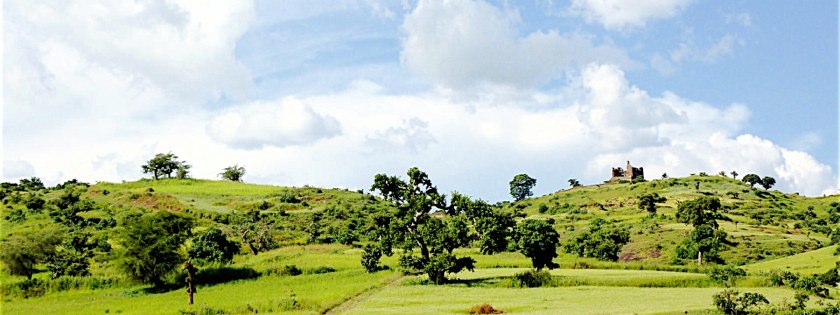





I. Submission of articles and permission of reviewing and editing
-
1.Authors are expected to submit articles, which were already cross-checked by a language editor. The editors reserve the right to reject an article if the language does not have a sufficient level and therefore would need too much time for editing.
-
2.With the submission authors agree that their articles will go through a process of language check and editing by professional copy editors.
-
3.With the submission authors agree that their articles will go through a process of peer reviewing, including content check and basic academic editing by professional editors close to the respective disciplines.
-
4.After content check and basic academic editing, the article will be re-submitted to the author for a first approval, together with questions arising from the reviewing process to be addressed.
-
5.Authors keep their freedom to decide on any matter of content and do not need to follow every recommendation, if they have good reasons, while the editors also reserve their right to reject an article or postpone its publication to a later issue if editors come to the conclusion that after re-editing the article still does not meet the necessary requirements.
-
6.If there were many changes, the article will be re-submitted to the reviewers for approval, further recommendations or rejection. Articles will be re-submitted to the author for approval and if need be for further editing by the author.
-
7.Editors will then re-submit the article to language editors. Authors will be informed if this final language editing may affect content, while editors reserve the right to correct evident mistakes such as typos, grammar mistakes etc. still during the final printing process. Any other language questions arising will be checked directly with the author even during this last phase (language based on a specific academic jargon, or the specific style of an author will remain untouched).
II. Formalities regarding fonts, transliteration and special signs
-
1.Authors are expected to use all necessary special signs or letters which are needed to respect the academic quality criteria of their discipline.
-
2.If an article deals with languages, which use special signs or letters not part of the common fonts of computers (e.g. Meroitic), the author is expected to submit the needed fonts.
-
3.Authors should transliterate words / names from languages with a script different from English based on academic principles (e.g. different phonemes to be represented by different signs); they keep the right to choose their own system.
-
4.The recommended transliteration system for Geez letters by ITYOPIS should be followed if the author does not have another preference.
-
5.Authors are welcome to document passages or single words in non-Latin scripts if there is a reason for it (e.g., for the documentation of an original text in a philological article); but in this case this text should also be transliterated into Latin, using an academic translation system.
-
6.If an author chooses to use a simplified system of transliteration, the editors may decide to correct it in order to assure the exact representation of words / names in the other language.
-
7.If the content of the article does not need much reference to names / words in languages using non-Latin scripts, the editors may decide to allow simplifications. However, generally transliterations should preferably be exact, as simplifications usually simply follow an English speaker’s accent and thus do not honor the given and often important differences of sounds in the respective language – respect for the original language and for the spelling in the non-Latin script to which one refers to is the guiding principle.
III. Formalities regarding graphs and illustrations
-
1.Authors are allowed to illustrate their articles with graphs, photographs and other images if they contribute to the content of the article.
-
2.All graphs and illustrations should be numbered.
-
3.All graphs and illustrations should have a caption shortly naming or describing it and containing information on the copyright holder; in case of photographs the photographer should be named and/or the archive or collection in which it is found.
-
4.As the article itself graphs and illustrations are submitted to reviewing and if applicable language editing and shall be corrected if the editors demand it; all the principles described above under paragraphs I. and II. apply.
-
5.All graphs and illustrations should be printable in black and white; only in a small number of exceptional cases they can be printed in colour.
-
6.With the submission, the author assures that he/she has checked the copyright of the material submitted and is in possession of the necessary formal permissions by any concerned copyright holders. Legal obligations resulting out of these permissions are solely those of the author, if there is no other formal agreement.
-
7.With the submission, the author agrees that the final decision where and in which size the graphs and illustrations will be placed in the article will be with the editors. However, the author is expected to provide indications where to place them.
Guidelines for Article Editing
Home | About | Editorial Board | Guidelines | Issues | Contact
